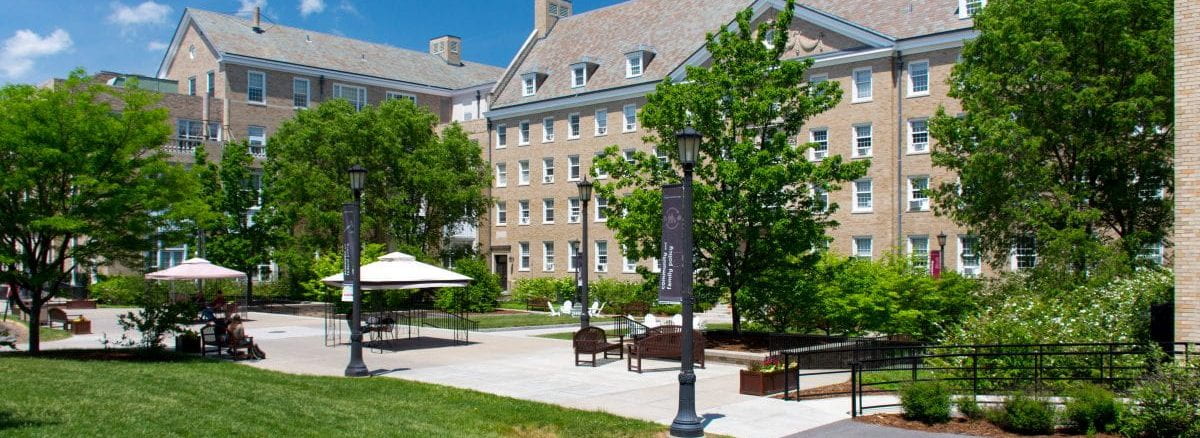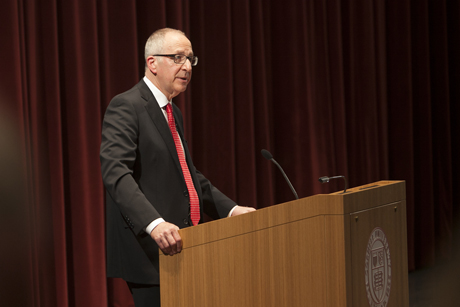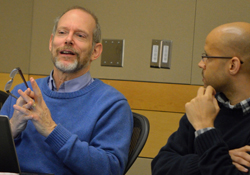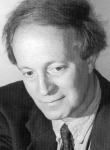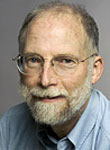Reprinted from Cornell Chronicle, May 14, 2013
Cornell students have received a record 28 Fulbright U.S. Student awards to conduct research or teach abroad in 2013-14, according to the Mario Einaudi Center for International Studies, which administers the program at Cornell. Five students declined the awards. Winners will teach English and research such topics as land use in Zambia and mate choice in Sweden.
“This year the number of Fulbright U.S. Student Fellowships offered to Cornell students has shattered all our previous records. The 28 fellowships offered are more than twice our usual number,” said Gilbert Levine, Fulbright advisor and professor emeritus of biological and environmental engineering. “It is with great pride that we congratulate them on their achievements and wish them a great experience.”
The recipients include 12 graduate students, one medical student and 10 undergraduate students. The 2013-14 recipients, their destinations and project titles are:
- Jennifer Alvarado-Ross ’13 (Jordan), English Teaching Assistantship.
- Andrew Amstutz, a graduate student in the field of South Asian history, (India), “Vernacular Histories and Science in 20th-Century India: The Anjuman Taraqqi Urdu.”
- Kevin Bassney ’12 (Serbia), "Coalition Building in Serbia."
- Aimee Douglas, graduate student in the field of anthropology, (Sri Lanka), “Artisanal Nation: Heritage Production and the ‘Crafting’ of Identification in Sri Lanka.”
- Ryan Edwards, graduate student in the field of history and Latin American studies, (Argentina), “An Ecology of Exile: The Ushuaia Penal Colony and the Nature of ‘The End of the World.’”
- Erin Hern, graduate student in the field of comparative politics and gender and development, (Zambia), “The Political Effects of Non-States Service Provision.”
- Lauren Honig, graduate student in the field of comparative politics and international relations, (Zambia), “The Interaction of Customary and State Land Institutions in Zambia.”
- Sujin Lee ’13 (Mexico), “Amaranth: Cultural Education on Nutritious Grain Promotes Dietary Changes in Oaxaca, Mexico.”
- Mallory Matsumoto ‘12 (Germany), “Cultural and Linguistic Diversity among the Ancient Maya.”
- Kelton Minor, graduate student in the field of human factors and ergonomics, (Denmark), “Danish Co-Design for Inclusion: Methods for Designing with Persons with Disabilities.”
- Zachary Montague ’13 (China), “The Right Price: Land Markets in Northwestern Urban Peripheries.”
- Pavitra Muralidhar ’13 (Sweden), “Mate Choice and Inbreeding Avoidance in the Threatened Natterjack Toad in Sweden.”
- Tzvetelina Nikolova ’11 (Bulgaria), English Teaching Assistantship.
- Kasia Paprocki, graduate student in the field of global south development, (Bangladesh), “Politics of the Landless: Development and Resistance in Rural Bangladesh.”
- Laura Pompano, graduate student in the field of nutritional science physiology, program evaluation, (China), “Integrating Eastern and Western Medicine to Address China’s Nutritional Deficiencies.”
- Jacqueline Reynoso, graduate student in the field of history, (Canada), “(Dis)Placing the American Revolution: The British Province of Québec in the Greater Colonial Struggle.”
- Sheveena Rowe ’13 (Maylasia), English teaching assistantship.
- Michelle Spektor ’12 (Israel), “Security, Science and the State: Israel’s Biometric Database.”
- Jessica Tingle ’12 (Morocco), “The Interplay of Culture and Reptiles in Morocco.”
- Rebecca Townsend, graduate student in the field of history, (Thailand), “Floating in Stagnant Water: Thai Film and National Development, 1950s to 1970s.”
- Jeffrey Valla, graduate student in the field of social psychology/cognitive development, (India), “Hindustani Music as Non-Invasive Perceptual Therapy for Children with Autism in Delhi.”
- Daniel Ward ’13 (Japan), “Quality of Life in Elder Care Homes in Japan and Developing an Optimal Care Environment.”
- Kristopher Schwebel, a Weill Cornell medical school student, received the Fulbright-Fogarty Fellowship in Public Health.

